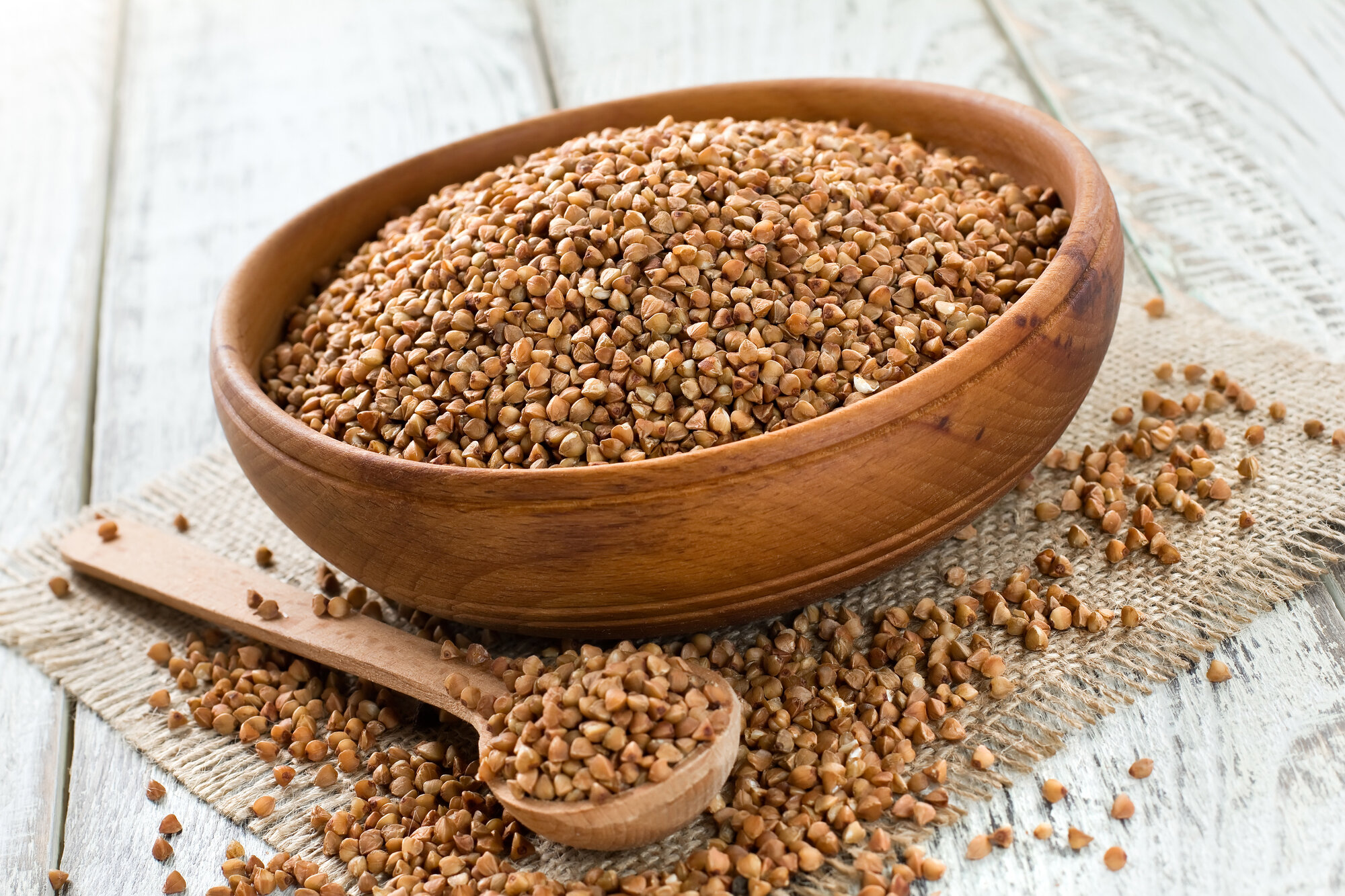Classic Butter Cookies
/What are they like?
-A classic buttery flavor
-Delicately crisp (or soft, depending how you like them)
-Experiment with flavor: add nuts, matcha powder, or rose water
NOTE: The pattern on top can be made with a fork but the cookie does not need to be flattened to be baked properly. The design above is optional.
Recipe
These cookies are deliciously buttery. They can be rolled out and decorated or just dolloped onto a cookie sheet for a classic look. If you would like tips on how to make these (or how to make cookies in general), you can check out the podcast here.
1/2 cup vegan butter,115g, softened or melted (see note)
1/2 cup sugar, 100g
1 egg, room temperature
1 tsp vanilla
1 1/4 cups flour mix, 150g
1/8 tsp salt
1/2 tsp psyllium husk powder
Icing (optional)
1 1/2 cups powdered sugar
1-2 tbsp water
Directions:
In a small bowl whisk together the dry ingredients: the flour, salt, and psyllium husk powder.
In a medium sized bowl, mix together the softened (or melted) butter and sugar thoroughly. Then whisk in the egg and vanilla. Then fold in the flour until incorporated. Rest the dough overnight.
Preheat oven to 350F / 175C. (See note for decorative cookies and rolling out cookie dough.) Scoop one tablespoon sized balls onto a cookie sheet two inches apart. If the dough is too cold to work with, allow it to warm up some (see note).
Bake for 8-10 minutes for a soft cookie, just until the edges start to turn color. For a crisp cookie, bake for a few extra minutes, until they are nicely tanned on the bottom.
Let the cookies cool & enjoy.
These cookies can be decorated if you like—dipped in chocolate or frosted. Store them in an airtight container for up to four days.
For the Icing:
In a bowl, stir together the ingredients for the icing. Add just enough liquid to make a thick frosting. If the frosting is too thin, it will run off the cookie. If it is too thick it won’t spread. Add just enough water (or powdered sugar) to get a workable consistency.
Notes:
Butter: I tested this recipe using Miyoko’s vegan butter which I purchased from Trader Joe's. I prefer this dairy free butter because it does not contain palm oil, the cultivation of which wreaks havoc on the environment and many people also believe palm oil to have poor effects on health. If you would like to use butter, the recipe will likely work nicely, but I have yet not tested it. If you try it, please let me know how it works in the comments section below 🙂
Resting the dough: You want to the dough to rest to hydrate the flours and to prevent the cookie from spreading too much on the oven. This is a typical step for this kind of cookie. When you portion the dough, it should still be cold but you may want to let it warm up sightly to make it easier to work with, about 1-2 hours depending on the ambient temperature.
Rolling out the dough: dust a clean surface with flour and roll out the dough. Don’t forget to dust the rolling pin and a light dusting over the top of the dough as well. Roll the dough out when it is still cold. You can cut out desired shapes and sizes, just keep in mind that small cookies will bake more quickly than large ones. If you would like to frost the cookies wait until they cool completely and then make a thick icing to pipe on top (you can dye it desired colors).







